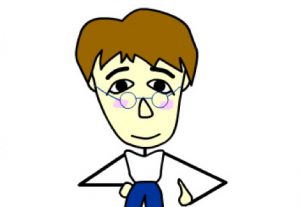| Abstract | ||||
This is an age-old problem that some functional optimization activities of engineering tend to spoil the irreplaceable human-human or human-technology relationship. Art-view educations are required for the engineering fields. We have proposed a “SUKI-ru” system for the art-technology collaboration where education, intellectual asset and development assistance systems are covered. The fundamental principle of the “SUKI-ru” system is degeneracy where different objects which have similar meaning improve evolutions. Some examples of the “SUKI-ru” practice will be visualized, where the object of optimization was changed from function to relationships and the creative communication was not only narrative-based but also poem-based. We insist that human-related development may become truly helpful by checking the validity of objective functions, simply by asking “is it what we truly want (SUKI)?” | ||||
Prof. Naohide Tomita | ||||
| Professor, Field of Medical Engineering Graduate School of Engineering, Kyoto University |
 | Short bio | ||
Naohide Tomita is an orthopedic surgeon and engineer in the field of biomaterials and biomechanics. He has been developing medical devices based on the so-called Bio-environment designing concept. Cell-delivery system for cartilage repair treatment is an example. In this research, whole-area cartilage defects were covered with a fibroin sponge containing cells, and mechanical, chemical, and biological environments were designed to nurture the joint function. The point is not the function but the environments are designed, and the functions are nurtured in the designed environment. The cell aggregation/condensation process was quantified and took as an indicator of the design optimization. Results of preclinical studies showed layered formation of hyaline cartilage-like repair in six weeks after surgery. |